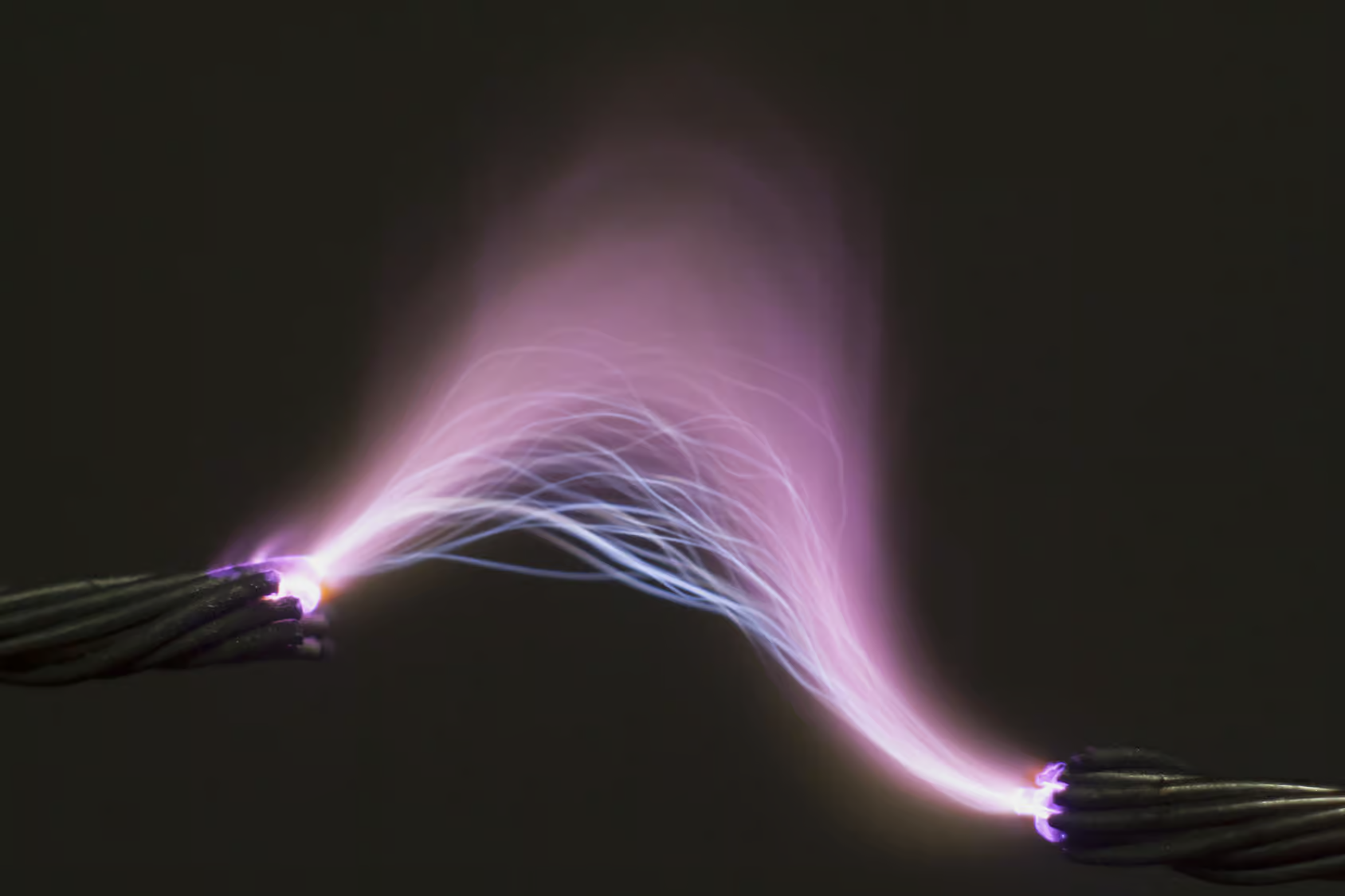
When fusion drives Innovation in Circuit Breaker Safety
The technology, rooted in the modeling of low voltage arcs in circuit breakers, had found its way into industrial applications, revolutionizing the approach to electricl arc analysis.
The genesis of this transformative know-how lies in the fusion research context, where the need to measure and model electrical arcs with precision emerged. The process know-how, developed to solve a magnetostatic inverse problem, aimed to accurately capture electromagnetic fields generated by fusion plasmas inside tokamaks. Notably, the technology underwent rigorous testing and application in projects associated with the WEST and JET tokamaks, contributing to the resolution of challenges anticipated in the ambitious ITER project. The foundational work in Magneto Hydro Dynamics (MHD) by Francesca Rapetti, an Associate Professor at the Mathematics Laboratory J.A. Dieudonné of the Nice Sophia-Antipolis University, played a pivotal role in shaping this expertise.
Transfer to a New Realm: Circuit Breaker Safety
The recipient of this groundbreaking technology was the European Series in Applied and Industrial Mathematics (ESAIM), where it found a new home in a study focusing on modeling electrical arcs in vacuum circuit breakers. The innovative approach involved measuring the electromagnetic field from outside the circuit breaker, reconstructing the electrical arc, and creating “magnetic cameras” for precise analysis. This method provided an alternative to the conventional optical approach, reducing the risk of disturbing the electrical arc and facilitating the evaluation of current density.
Positive Impact on Safety and Viability
The adaptation of the calculation and modeling method to vacuum circuit breakers resulted in a paradigm shift in electrical system safety. By enhancing the understanding of electrical arcs, the fusion know-how contributes to improved circuit breaker design, ensuring enhanced security, equipment condition, and the overall viability of electricity networks. The positive effects ripple through the industry, promising quicker production, cost reduction, and better products.
This project exemplifies the successful transfer of fusion-inspired know-how, bridging the gap between the intricate world of plasma dynamics and the practical realm of electrical systems. The collaborative efforts have not only expanded the horizons of mathematical modeling but also fortified the foundation of circuit breaker safety, ushering in a new era of innovation and reliability.
